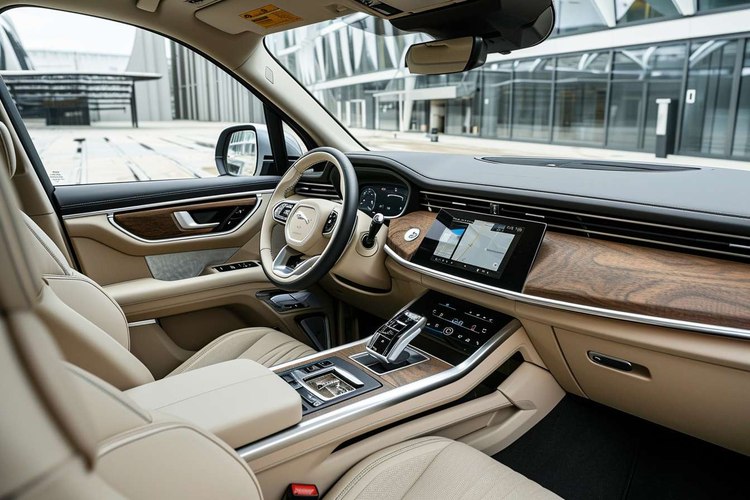The Hidden World of Automotive Scent Engineering
Imagine stepping into a brand-new luxury vehicle and being greeted by that unmistakable new car smell. It's a sensory experience that goes beyond sight and touch, tapping into our olfactory senses to create a lasting impression. But have you ever wondered about the science behind this iconic aroma? Welcome to the fascinating realm of automotive scent engineering, where chemistry meets marketing in the pursuit of the perfect vehicular fragrance.

The Origins of New Car Smell
The concept of new car smell dates back to the early days of automotive production. In the 1960s and 1970s, the distinctive aroma associated with new vehicles was primarily a byproduct of the manufacturing process. The combination of plastics, adhesives, and other materials used in car interiors released volatile organic compounds (VOCs) that created a unique scent profile.
However, as awareness grew about the potential health hazards associated with these emissions, automakers began to focus on reducing VOCs and developing safer alternatives. This shift marked the beginning of intentional scent engineering in the automotive industry, as manufacturers sought to recreate the allure of new car smell without the associated risks.
The Science of Scent Creation
Creating the perfect automotive fragrance is a complex process that involves a delicate balance of chemistry and sensory expertise. Perfumers, also known as noses, work closely with automotive engineers to develop scents that complement the vehicle’s design and target market.
The process typically begins with a brief from the automaker, outlining the desired emotional response and brand attributes they wish to convey through scent. Perfumers then create a range of fragrance options using a combination of natural and synthetic ingredients. These scents undergo rigorous testing to ensure they meet safety standards and maintain their integrity in the challenging environment of a vehicle interior.
Signature Scents and Brand Identity
In recent years, many luxury automakers have embraced the concept of signature scents as a means of reinforcing brand identity and enhancing the overall customer experience. These carefully crafted fragrances are designed to evoke specific emotions and associations, creating a multi-sensory brand experience that extends beyond the visual and tactile elements of the vehicle.
For example, some German luxury brands have developed scents that incorporate notes of leather and wood to reinforce perceptions of quality and craftsmanship. In contrast, certain Japanese automakers have opted for lighter, fresher scents that align with their focus on technology and innovation. These signature fragrances are often integrated into the vehicle’s climate control system, allowing drivers to customize their olfactory experience.
Cultural Considerations in Scent Engineering
One of the most fascinating aspects of automotive scent engineering is the need to account for cultural differences in fragrance preferences. What appeals to consumers in one market may be off-putting to those in another, requiring automakers to develop region-specific scent profiles.
For instance, floral and fruity notes are often well-received in Asian markets, while woody and leather scents tend to be more popular in Western countries. Some automakers have even gone as far as creating scents that evoke local landscapes or cultural touchstones, such as sakura blossom for the Japanese market or alpine freshness for European customers.
The Future of Automotive Fragrances
As the automotive industry continues to evolve, so too does the field of scent engineering. With the rise of electric vehicles and advanced materials, the traditional new car smell is becoming increasingly rare. This has led to new challenges and opportunities for fragrance developers, who are now tasked with creating scents that align with the eco-friendly and high-tech image of modern vehicles.
Some companies are exploring the use of biodegradable and sustainable fragrance ingredients, while others are developing scent delivery systems that can adapt to individual preferences and even respond to the driver’s mood or the time of day. As we move towards a future of autonomous and shared vehicles, the role of scent in creating a personalized and comforting environment is likely to become even more critical.
In conclusion, the world of automotive scent engineering is a fascinating intersection of science, art, and marketing. From its humble beginnings as a byproduct of manufacturing to its current status as a powerful tool for brand differentiation, the evolution of car fragrances reflects broader trends in the automotive industry and consumer preferences. As we continue to redefine our relationship with vehicles, the hidden world of automotive scents will undoubtedly play a vital role in shaping our experiences and perceptions for years to come.




